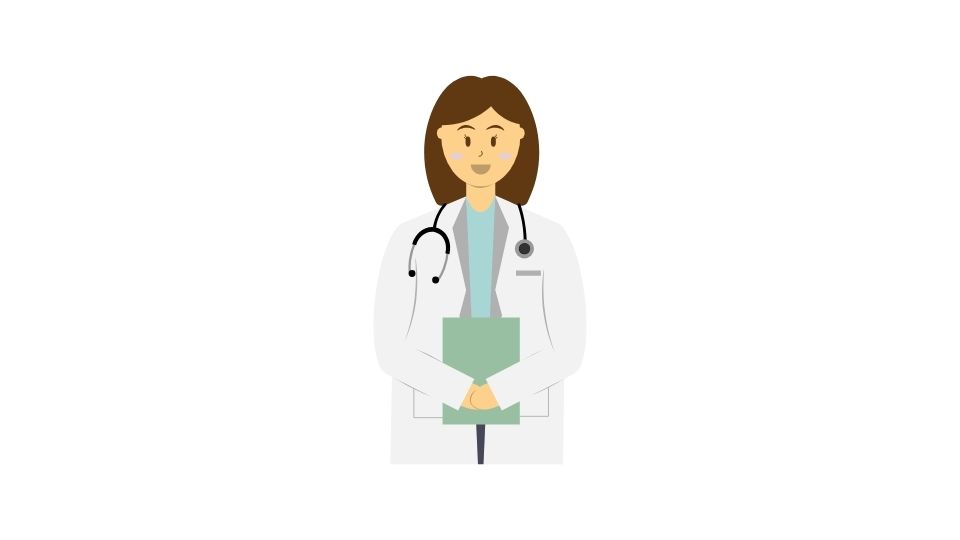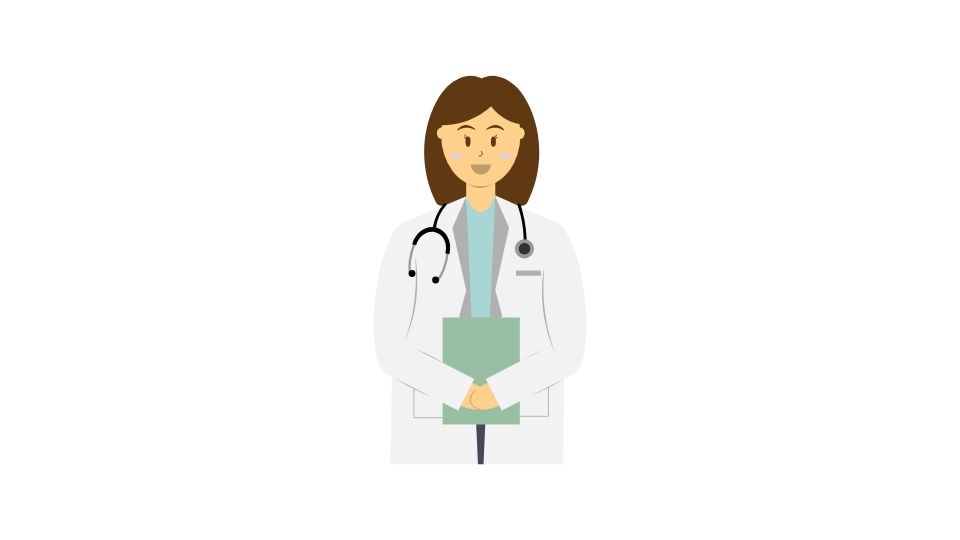The myth that health dimensions operate independently is just flat-out wrong. Modern research shows that health is a complex, interconnected system where what happens in one area ripples through your entire wellbeing.
Think about it – when’s the last time you had a terrible night’s sleep and then crushed your workout the next day? Or felt socially isolated and maintained perfect mental health? Exactly. These things are connected!

The Connected Dimensions of Health
Let’s get real about health dimensions. They include:
- Physical health: How your body functions – exercise, nutrition, sleep
- Mental health: Your cognitive functioning and emotional stability
- Social health: Your relationships and support networks
- Spiritual health: Your sense of purpose and meaning in life
- Environmental health: How your surroundings affect you
- Intellectual health: Your ability to learn and think critically
- Occupational/financial health: Your work satisfaction and financial stability
Treating these as separate buckets is like thinking the rooms in your house don’t affect each other. Sure, your kitchen and bedroom serve different purposes, but if your kitchen catches fire your bedroom’s gonna have problems too.
Evidence That Health Dimensions Are BFFs

The research is crystal clear – these dimensions influence each other constantly:
Walking doesn’t just improve your cardiovascular health; it boosts your independence and social connections too.
Your emotional state directly impacts whether you’ll hit the gym or reach for that salad or donut. And guess what? That choice circles back to affect your emotions.
When researchers look at what makes up “total health,” they find that physical function, mental well-being, quality of life, and social participation all play major roles.
Social support dramatically improves recovery from illness. This is why people with strong social connections tend to bounce back faster from everything from heart attacks to depression.
Why This Myth Won’t Die

So why do we keep acting like health dimensions are separate?
Sometimes it’s just easier to talk about them individually. It’s like how we discuss “offense” and “defense” in sports, even though they’re part of the same game and affect each other.
Medical specialization plays a role too. When you have heart problems, you see a cardiologist. Mental health issues? A psychiatrist. But your body doesn’t know about these divisions – it’s just you, experiencing everything as one integrated system.
What This Means For Your Health Journey

Since health dimensions are connected, you need a balanced approach to wellness:
Physical health needs good nutrition, regular movement, and adequate rest. When you nail these basics, you’ll notice benefits in your mood and mental clarity too. A tool like MyFitnessPal can help track these elements and show how they interact.
Mental health improves with mindfulness, therapy when needed, and maintaining social connections. When your mental health improves, you’re more likely to take care of your physical health too. The National Alliance on Mental Illness offers great resources on this connection.
Social health thrives when you cultivate meaningful relationships. Having friends who support your healthy choices makes maintaining those habits way easier. Studies show that social connections even affect longevity.
Environmental health means creating spaces that support your well-being. A clean, peaceful home reduces stress and makes healthy choices easier. The EPA has resources on creating healthier living environments.
Real Talk About Balancing It All

Here’s the truth: when one area of your health suffers, others usually follow.
Had a week of terrible sleep? Watch how quickly your mood, food choices, and exercise motivation tank.
Going through relationship problems? Your sleep, appetite, and focus will likely take a hit.
But the good news? This works in reverse too! Improvements in one area tend to lift others.
Start exercising regularly, and you might notice:
- Better sleep
- Improved mood
- Clearer thinking
- More energy for social activities
It’s like getting a health multiplier effect. One positive change creates ripples that can transform your entire well-being.
Takeaways For Your Health

- Health dimensions are deeply interconnected – they’re not separate compartments
- Improving one area often creates positive effects in others
- Neglecting one dimension can drag down your overall health
- The most effective wellness strategies recognize and use these connections
- Look for the “ripple effects” when making health changes
Understanding that health is an integrated system rather than a collection of independent parts is crucial for anyone trying to improve their well-being.
When you work with these connections instead of against them, you’ll find it easier to make lasting positive changes.
So the next time someone suggests that physical health has nothing to do with mental health, or that social connections don’t impact your physical well-being you can confidently tell them that’s not how the human body works.




Leave a Reply